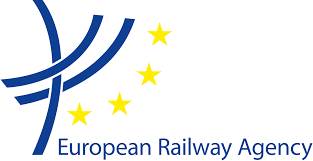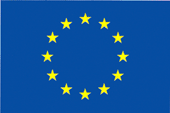Case Study
Ensuring the interoperability of railways
In order to make the railway systems more inter-operable and secure in Sweden and Europe, Swedac accredits notified bodies, certification bodies, inspection bodies and laboratories in the field.
Accreditation takes place within all railway areas such as infrastructure, energy, signalling, rolling stock and trains intended for passenger services. The regulatory framework is developed by the European Railway Agency, ERA, jointly with Member States’ competent authorities. In Sweden’s case, this is the Swedish Transport Agency. If European law is missing, the national rules are applicable.
When building new, or making changes to the rail system, notified bodies check if the changes comply with the requirements stipulated in the technical specifications developed in Europe. They are determined by the European Commission and must be followed by all Member States.
When it comes to risk assessment of railway safety, also here applies a European regulation that says, if substantial changes are made in trains and railway infrastructure, an inspection body shall assess that the one that makes the change have a risk management processes to be able to ensure safety on Europe’s railways SWEDAC also accredits laboratories that perform testing of trains and railway infrastructure, including components, in order to determine the functionality and security required. The test is then used as the basis when, for example, a notified body shall determine whether the train or the infrastructure meets the safety and compatibility requirements, such as fire testing of textiles to be used in trains.
Further information is available on the Swedish Transport Agency website.










